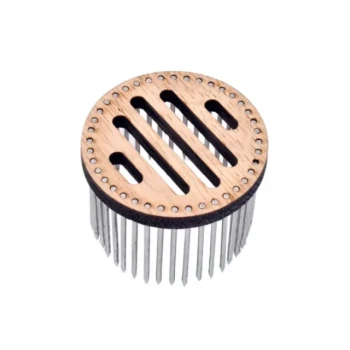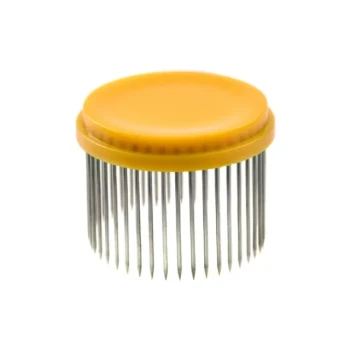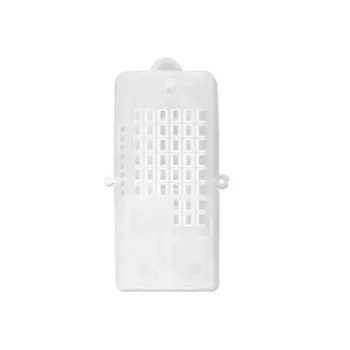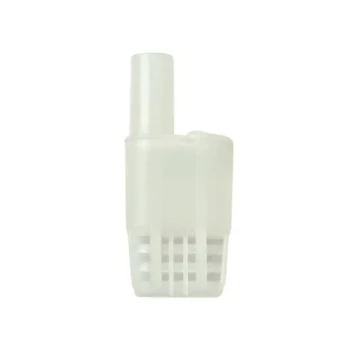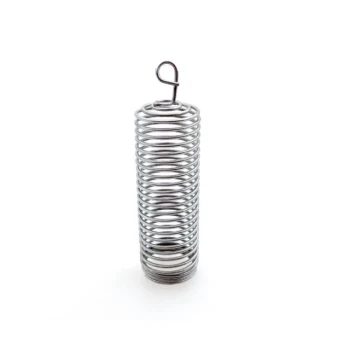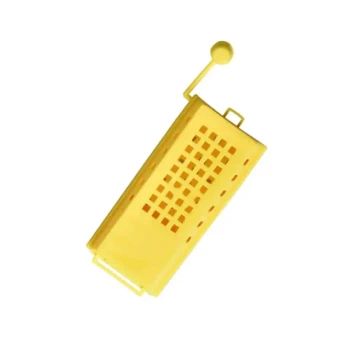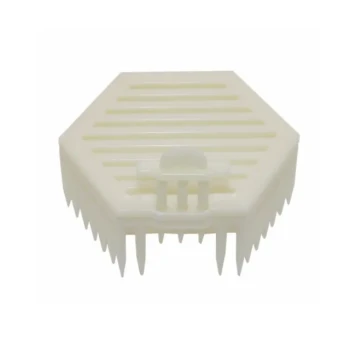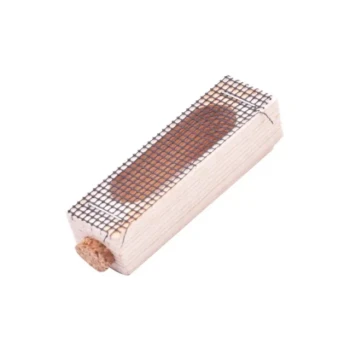At its core, a push-in cage dramatically improves queen introduction success by allowing the new queen to begin her primary function—laying eggs—while still being physically protected from the colony. This act of laying proves her viability and value, causing the worker bees to accept her based on her performance rather than just her scent, which significantly reduces the risk of rejection and aggression.
The fundamental challenge of queen introduction is convincing a colony to accept a stranger. A push-in cage shifts this process from a passive "scent acquaintance" to an active demonstration of the queen's fitness, making her acceptance a matter of biological necessity for the hive.
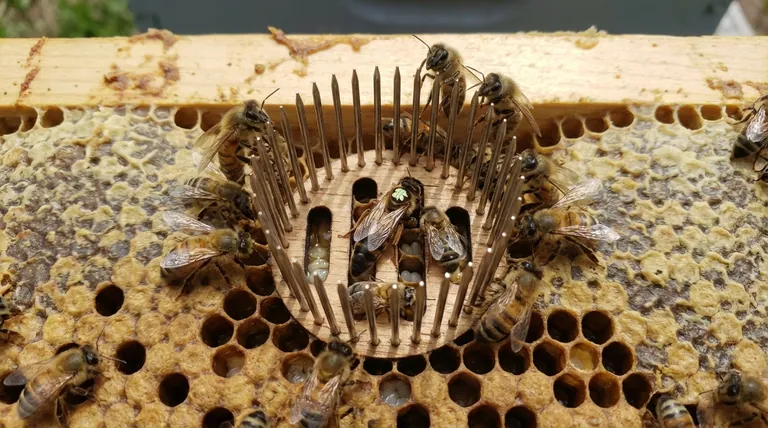
The Core Principle: Proving Value Before Full Release
Introducing a new queen is one of the most delicate operations in beekeeping. The colony is naturally xenophobic and will often attack and kill an unknown queen. Cages are designed to manage this transition.
The Limitation of Standard Cages
Standard introduction cages, like the small plastic or wooden cages queens are shipped in, work on a single principle: slow pheromone transfer.
The cage allows the queen's scent (her queen mandibular pheromone, or QMP) to spread through the hive over several days. The idea is that the bees will gradually get used to her smell and, once the candy plug is eaten, accept her as their own.
However, this process is passive and can fail if the colony is agitated, has laying workers, or simply doesn't "like" her scent.
The Push-In Cage's Advantage: Active Demonstration
The push-in cage provides a much more powerful and direct path to acceptance by creating a "nursery within the hive."
By pressing the cage into a section of comb, you give the queen a protected space that includes empty cells. Here, she is not just a passive scent dispenser; she is an active, working monarch.
Once she begins laying eggs, she changes the chemical and behavioral dynamic entirely.
The Power of Brood Pheromones
The queen isn't the only one producing signals. Her newly laid eggs and young larvae release their own set of powerful scents known as brood pheromones.
These pheromones have a profound effect on the colony. They signal stability, inhibit worker bees from developing their own ovaries, and stimulate foraging and nursing behavior.
When the worker bees sense both the queen's pheromones and the brood's pheromones, the signal is undeniable: this is a healthy, fertile queen who is already securing the colony's future.
How to Deploy a Push-In Cage Effectively
The success of the method depends on creating the perfect environment inside the cage.
Select the Correct Comb Area
Do not place the cage on an empty frame or a frame of just honey. Press it into a section of comb that contains:
- Emerging Brood: As these new bees hatch inside the cage, they are "naive" and will immediately accept the queen, forming her first loyal retinue.
- Open Cells: The queen needs empty, cleaned cells to begin laying immediately.
- Pollen and Nectar: Ensure there are cells with food resources inside the cage so the queen and her attendants can feed.
The Release Process
Place the queen under the cage, ensuring its edges are pushed firmly into the comb wax to prevent her escape or other bees from getting in.
Check the frame in two to three days. If you see a pattern of newly laid eggs within the caged area, the queen has been accepted. You can now carefully remove the cage and allow her to move freely throughout the hive.
Understanding the Trade-offs
While highly effective, the push-in cage method is not without its considerations.
Increased Hive Manipulation
This technique is more intrusive than simply hanging a small cage between frames. It requires you to find and handle a specific frame, potentially disrupting the brood nest more significantly.
Potential Comb Damage
Pushing the cage's sharp edges into the wax foundation can damage the comb. While bees are excellent at repairs, it's a factor to consider, especially with new or delicate comb.
It May Be Unnecessary in Ideal Conditions
For a calm hive that has been queenless for a very short time (e.g., following a swarm where you are replacing the queen), a standard slow-release cage often works perfectly well with less effort. The push-in cage is a tool best reserved for more challenging or high-stakes introductions.
Making the Right Choice for Your Goal
Ultimately, your choice of introduction method depends on your assessment of the risk.
- If your primary focus is the absolute highest chance of success: Use a push-in cage, especially when requeening an aggressive colony or one that has been queenless for a while.
- If your primary focus is speed and minimal disruption: A standard candy-plug cage is often sufficient for calm, recently queenless colonies that are ready for acceptance.
- If you are investing in an expensive, high-value queen: The push-in cage provides the best insurance policy against the colony rejecting your investment.
Choosing the right method is about managing risk and understanding the social dynamics within your hive.
Summary Table:
| Introduction Method | Key Mechanism | Best Use Case |
|---|---|---|
| Push-In Cage | Active demonstration of egg-laying; uses brood pheromones for acceptance. | Aggressive colonies, long-term queenless hives, high-value queens. |
| Standard Cage | Passive scent transfer over several days. | Calm, recently queenless colonies for minimal disruption. |
Protect your investment in high-value queens and ensure successful hive requeening. HONESTBEE supplies commercial apiaries and beekeeping equipment distributors with durable, precision-engineered push-in cages and other essential introduction tools. Our wholesale-focused operations ensure you get the reliable equipment your business needs. Contact our team today to discuss your beekeeping supply requirements.
Visual Guide
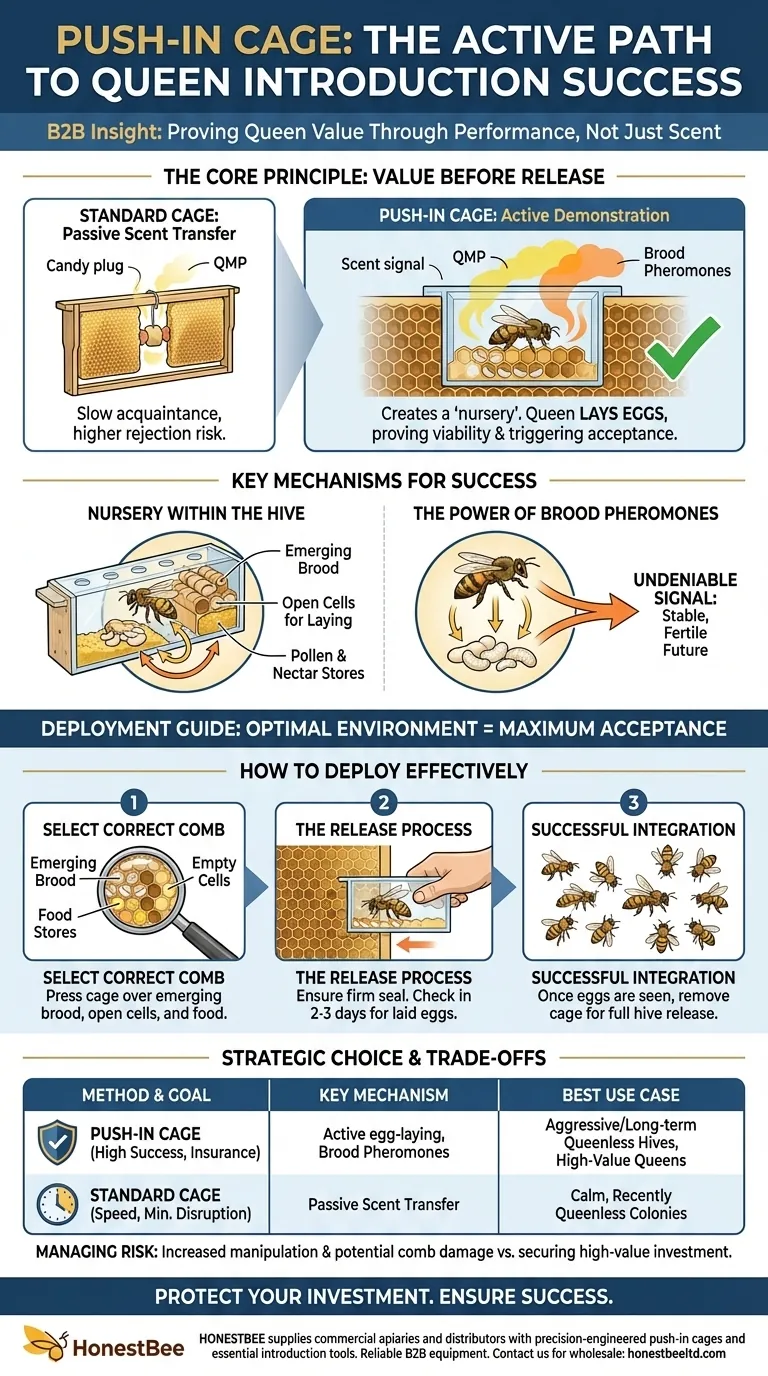
Related Products
- Premium Wood and Steel Push In Queen Cage
- Professional Round Push-In Queen Cage with Metal Tines
- Professional Multi-Functional Queen Bee Cage
- Wood and Mesh Push-In Queen Cage
- Multi-Function Queen Roller Cage and Catcher
People Also Ask
- What is one advantage of using a press-in cage for queen marking? Minimize Stress and Ensure Hive Health
- What is a round press-in cage used for in queen marking? A Gentle, On-Comb Marking Method
- What are the two main methods of queen introduction? Master Safe & Successful Queen Acceptance
- What is a push-in queen cage and how does it differ from standard cages? Achieve Higher Queen Acceptance Rates
- What are the steps to introduce a queen using a push-in cage? Ensure High Success for Your Valuable Queens
